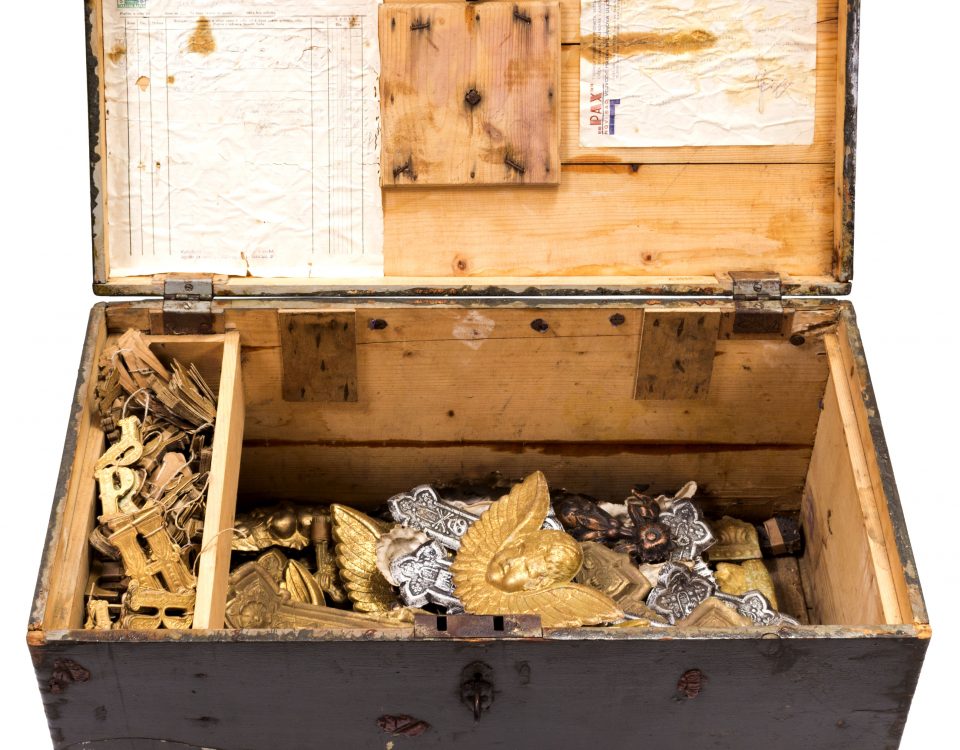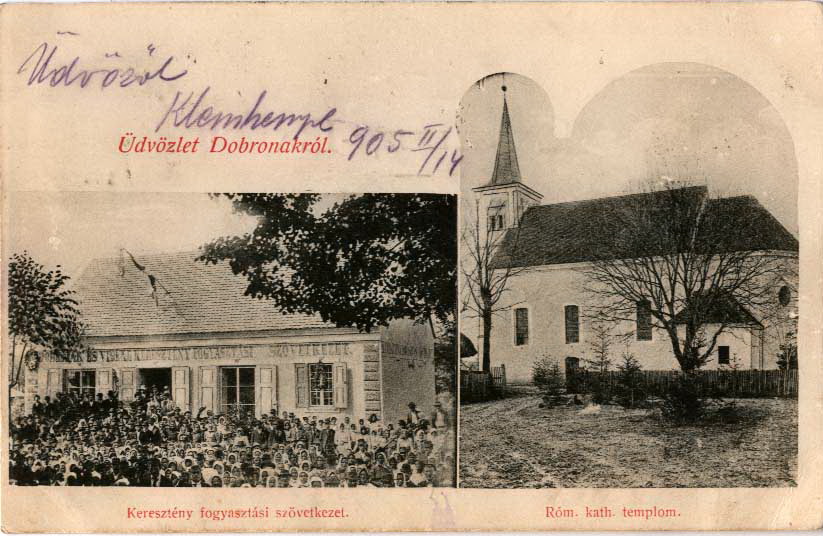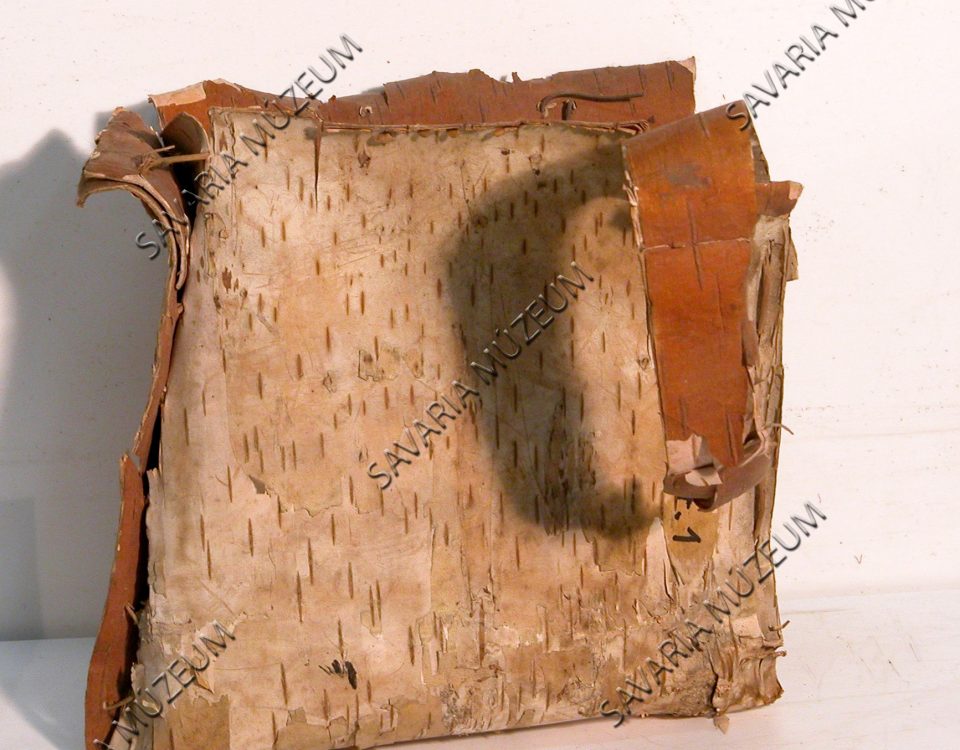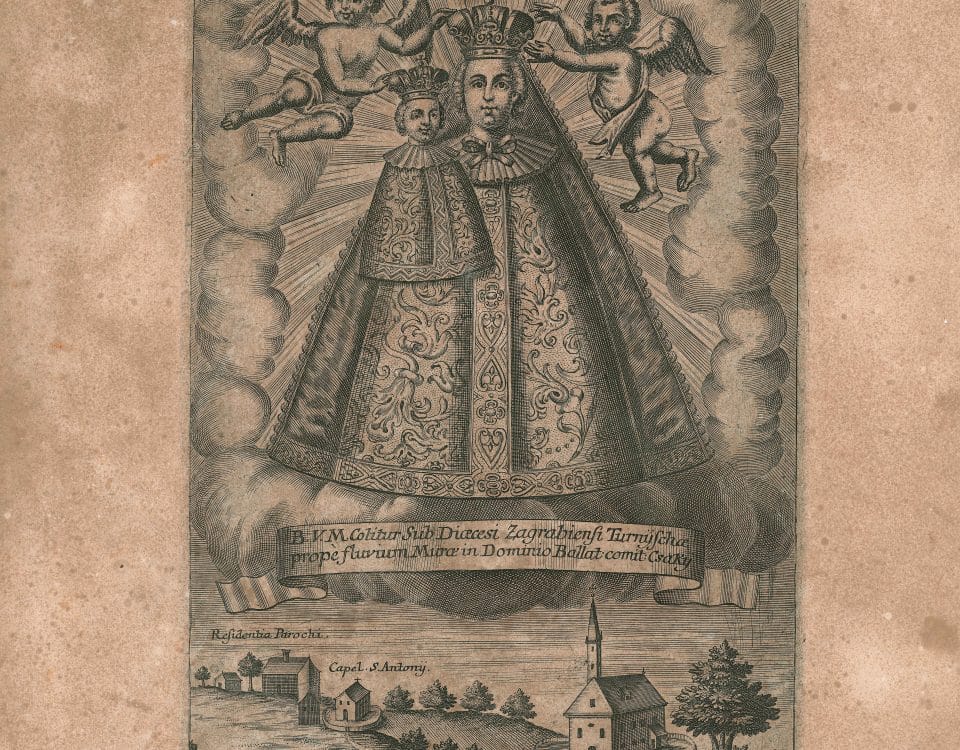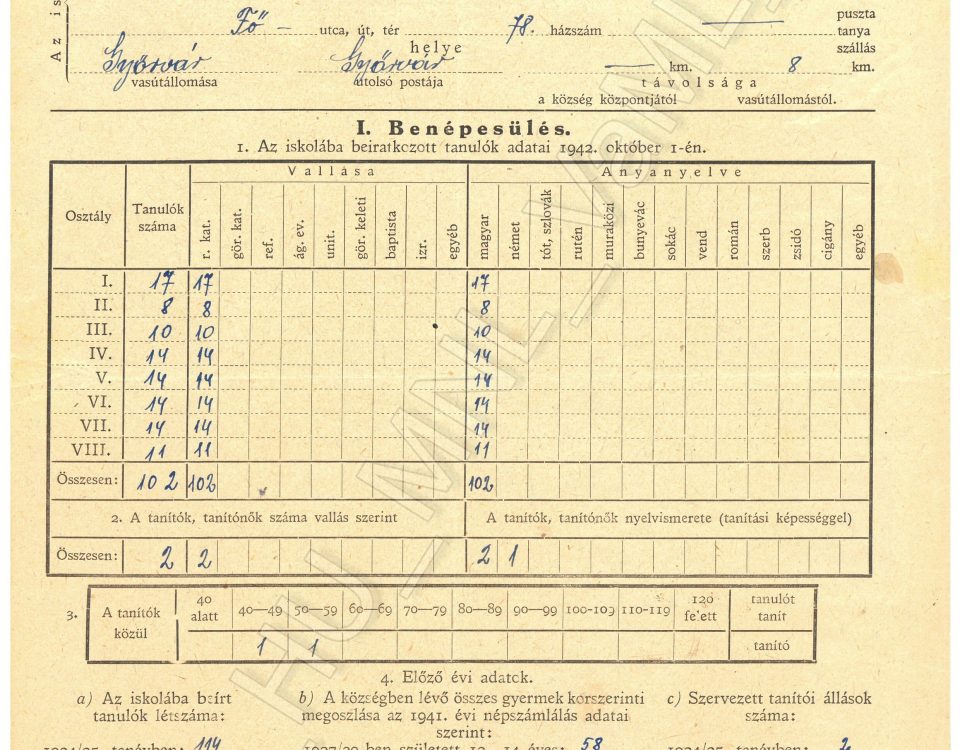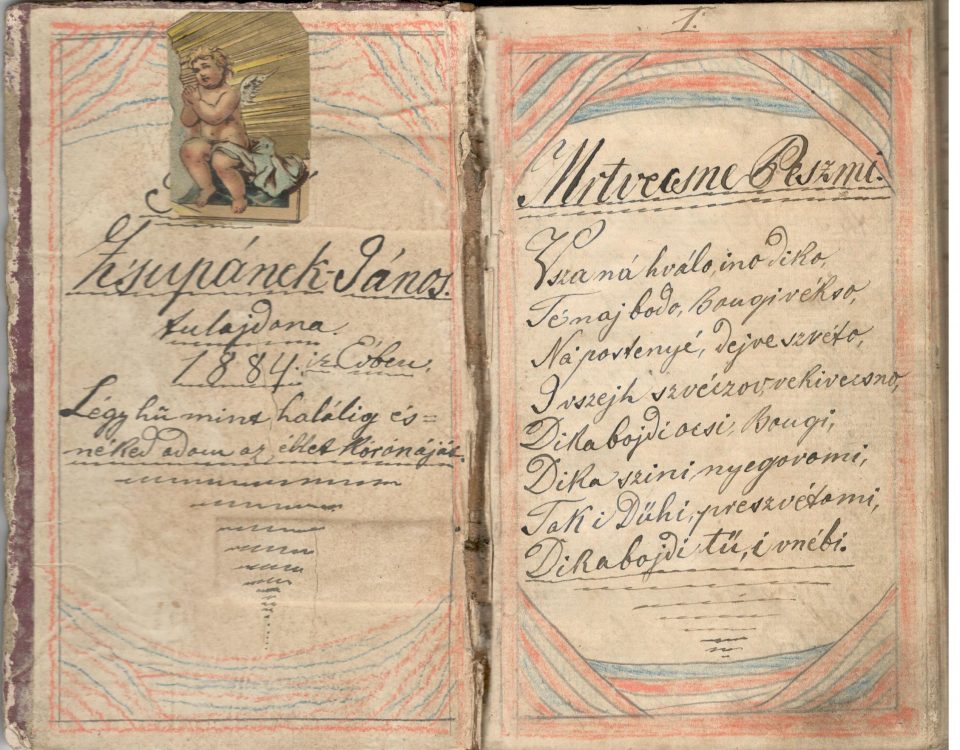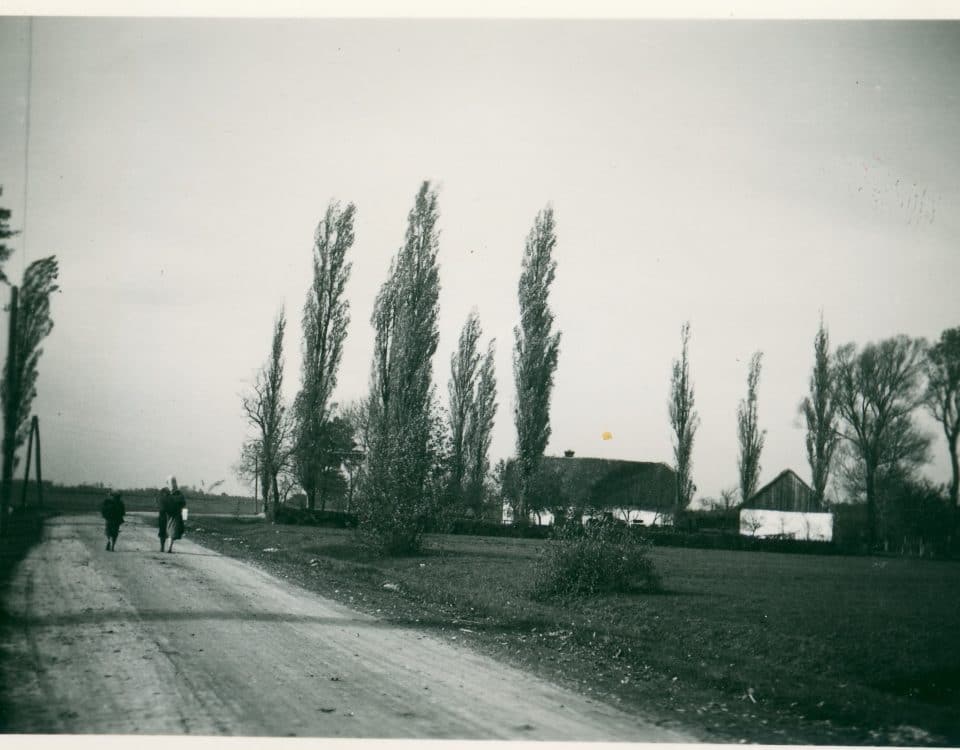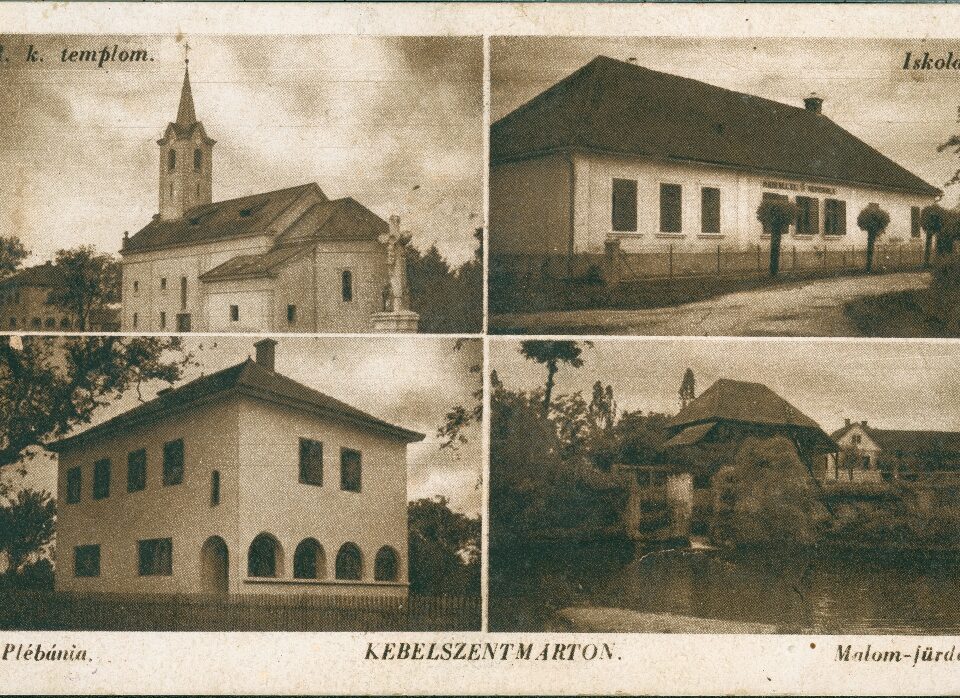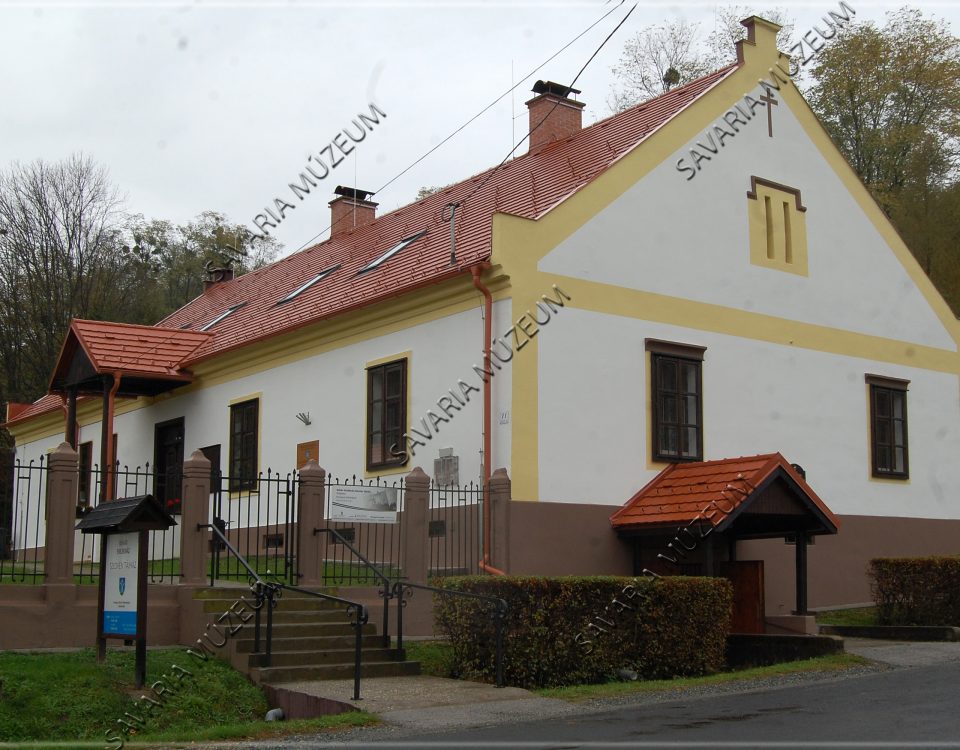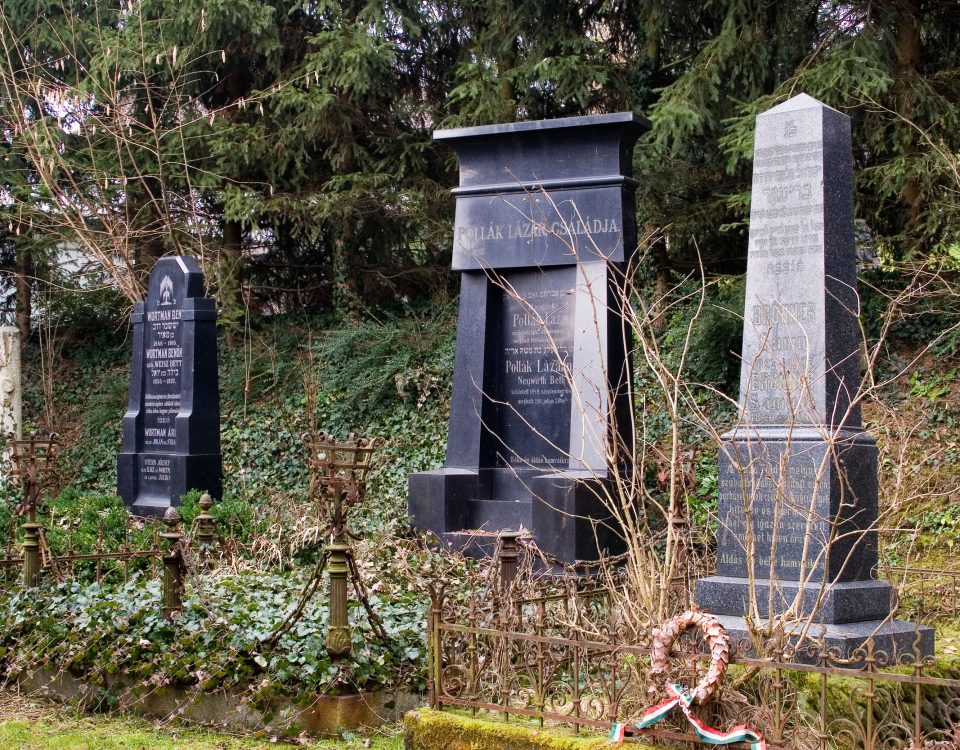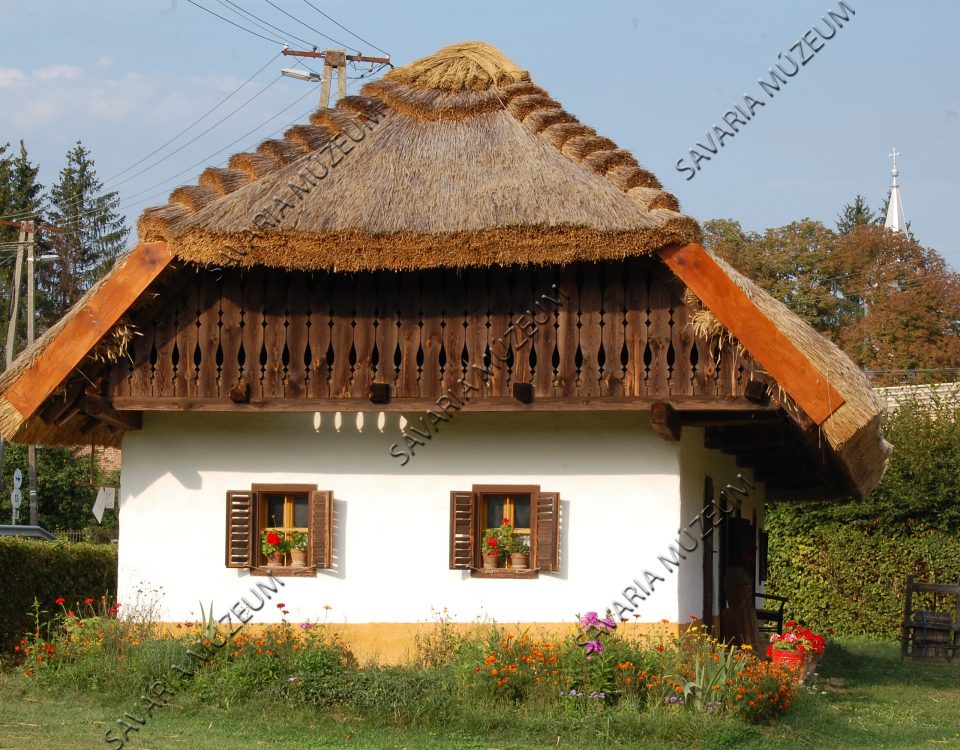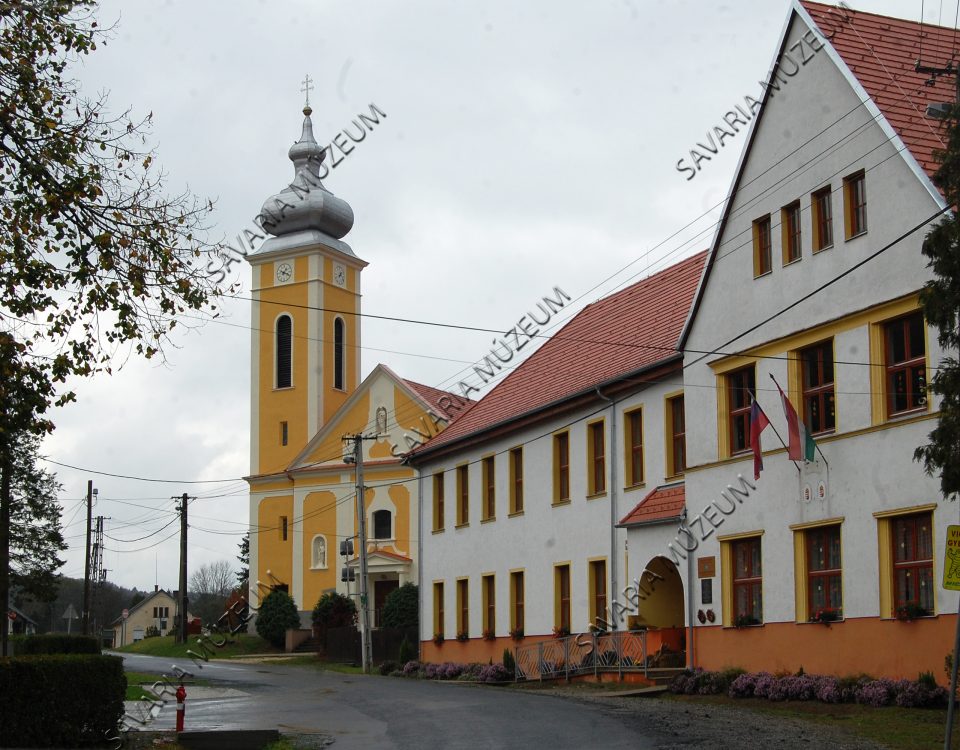Legend
Object
Archive material
Built cultural heritage
Intangible heritage
Personage
Audio-visual material
Random selection of objects
21. April, 2020
The wooden box contains various silver and gold colored cardboard ornaments (crosses, letters, angel figures, palm figures, rim ornaments). Stuck inside the cover there is an invoice and a letter from the maker of the ornaments used on the baptism (PAX tvornica pogrebnih predmeta, vestačkog cveča, reklamnih kalendara i kartonaže). According to the letter, the…
20. April, 2020
The postcard was made sometime in the early 20th century, as indicated by the official name of the town at that time. In the picture, to the left, there is the building of a Christian consumer cooperative formed in the early 1900s, with the large membership before the building. It was established on the initiative…
19. February, 2020
Strawberry holding basket made of birch bark. It was used when picking wild strawberries in the forest.
18. August, 2020
The etching shows a richly clothed statue of the Merciful Mother of Turnišče with baby Jesus. On a twisted stripe is writings in Latin, translated as: Blessed Virgin Mary is worshipped in Turnišče near the River Mura in the Zagreb Diocese in the county of the Counts of Csáky. In the lower part behind the…
Random selection of archive material
24. February, 2020
In 1942, the Vas County Superintendent of Schools ordered a general survey, according to which the heads of primary schools had to report the number of staff and students, their religious denomination, mother tongue, etc., as well as the legal, technical status of the building, and any measures deemed necessary. The ministry of education planned…
11. February, 2020
Mihály Zsupanek and his son János Zsupanek (1861-1951) were important collectors of the Prekmurje Region. János, a cantor and organist, continued his father's work and recorded many folk songs and adaptations. Three song collections in manuscript remain. The first booklet dates from 1884. It contains 32 wake songs and 7 other church songs. This manuscript…
11. February, 2020
Hotiza was first mentioned in 1389. In 1524 the place was mentioned as Hothyza. Until 1644 it belonged to the Bánffy family estates. After the family line ended, it became the property of the Nádasdy family, who, together with other estates, sold the village to the Eszterházy family in 1690. During the war of 1848-1849,…
11. February, 2020
The postcard of Kobilje was issued by the Hungarian authorities during World War II. The postcard shows four motifs: St. Martin's Church, the school, the parish and the mill at Kobilje Creek. An inscription next to the mill indicates that there was a bathing place as well.
Random selection of built cultural heritage
18. August, 2020
The memorial house was named after the Slovenian priest János Kühár (1901-1987) , the parish priest of the village for fifty years (1936-1987). He was born in Gradišče. He went to high school in Kőszeg and Szombathely, studied theology in Szombathely, where he was ordained a priest in 1924. In 1938 he headed the reconstruction…
18. August, 2020
This is the cemetery was the final resting place for the Jewish inhabitants of Lendava and the surrounding villages. In the cemetery of the Jewish inhabitants of Lendava, the tombstones are facing Jerusalem, as required. The Jewish cemetery is surrounded by a stone fence. The Jewish cemetery in Lendava was divided into three parts, the…
18. August, 2020
The blacksmith workshop and the house next door were built for the blacksmith commissioned by the community. The community built this house near the river Zala so that the water for cooling the forged material be easily accessible. The first inhabitant of the house was blacksmith Antal Károlyi, while the last one, Mrs. Jenő Károlyi…
18. August, 2020
The chapel of Felsőszölnök, named after St. John the Baptist is known from the 14th century (1377). We can read about the restoration of the church in the 1794 visitation report. In 1915 it consisted of a lower part and a taller part, surrounded by a wooden fence, its tower covered with shingles and the…
Random selection of intellectual cultural heritage
18. August, 2020
The cobbler's shop Kisilak is the last in Pomurje that makes shoes. In the 1930s, Karel had a lorry and 15 workers, who made and sold shoes at fairs all over Prekmurje, Croatia (as far as Legrad) and in Styria. Geza, Sr. took over his father’s workshop in 1962 and managed it up to 2010,…
21. February, 2020
The most widespread technique for painting Easter eggs was to “write” the raw egg with wax. The surface of the egg was divided into halves or quarters. The names of motifs on “written” eggs: “8 or 24 hearts”, “rope drum”, “leaf” and “rake”. The “rope drum” pattern is known in the Transdanubian region. Some say…
20. February, 2020
The Saint Cecilia Choir of the Ják Church was founded in 1994 by the students of the local elementary school. Today they continue to sing every Sunday at the Holy Mass in their church. They performed several times in the Szombathely Cathedral. They are often invited to Austria. They are regular performers of the László…
10. February, 2020
Melinci is today synonymous with brick making. From the year 1992 , TD Brod presents this activity at the Brick-making Days, especially the brick-making and brick-firing. There is also an outdoor brick wall for touristic purposes, where visitors can familiarize themselves with the craft. Of the 244 houses, 111 are built of homemade bricks or…
Random selection of personality
3. March, 2020
He was born in Orfalu, and learned the pottery craft in Magyarszombatfa. He was apprentice in Zalaegerszeg, Sümeg and Szentgotthárd. He lived and worked in Kétvölgy (Permise) since 1940. From the 1970s he was the only Slovenian potter in Hungary. His works have been exhibited several times in Hungary and Slovenia. In 1984 he was…
18. August, 2020
Karel or Karol Šiftar was the Evangelical priest in Bodonci between 1895 and 1959. In 1921, he wrote the Krátki návuk vere evangeličanske. In the photograph from around 1900, he is seen with his wife, Ida.
19. May, 2020
Feri Kühar attended the Technical School (Polytechnic) in Ljubljana. His teacher, France Kralj, academic painter and sculptor, brought the socio-peasant genre to sculpting and the first sculptor from Prekmurje followed his example. Images of peasant women, men and children in wood, terracotta, patinated plaster and, only rarely, in steel are his best works, but he…
10. February, 2020
György Zala was born as György Mayer on April 16, 1858, in a Roman Catholic family in Alsólendva. After graduation, he enrolled in the Faculty of Engineering and then a drawing school. He wanted to be a painter, but Adolf Huszár discouraged him and introduced him to the world of sculpture. In 1879 he was…
Random selection of audiovisual material
3. March, 2020
Sojenice (Sojenice) / Fate fairies In the Slovenian Rába Region, fate fairies predict the fate of a child at the birth. Local version of an international motif. (ATU 934)
3. March, 2020
Stolnjek prestri se (Prtič pogrni se) / Wishing-tablecloth The Rába Region’s Slovenes’ version of the internationally known “Wishing-Table” tale . (ATU 563)
3. March, 2020
A wedding song that was sung when the bride left her home.
11. February, 2020
They were singing this lullaby when the baby was rocked in a hutch or cradle. A variation of three words (heje, baba, bijja) gives the lyrics of the song. The lullaby was collected in 1972 by Antal Békefi.

